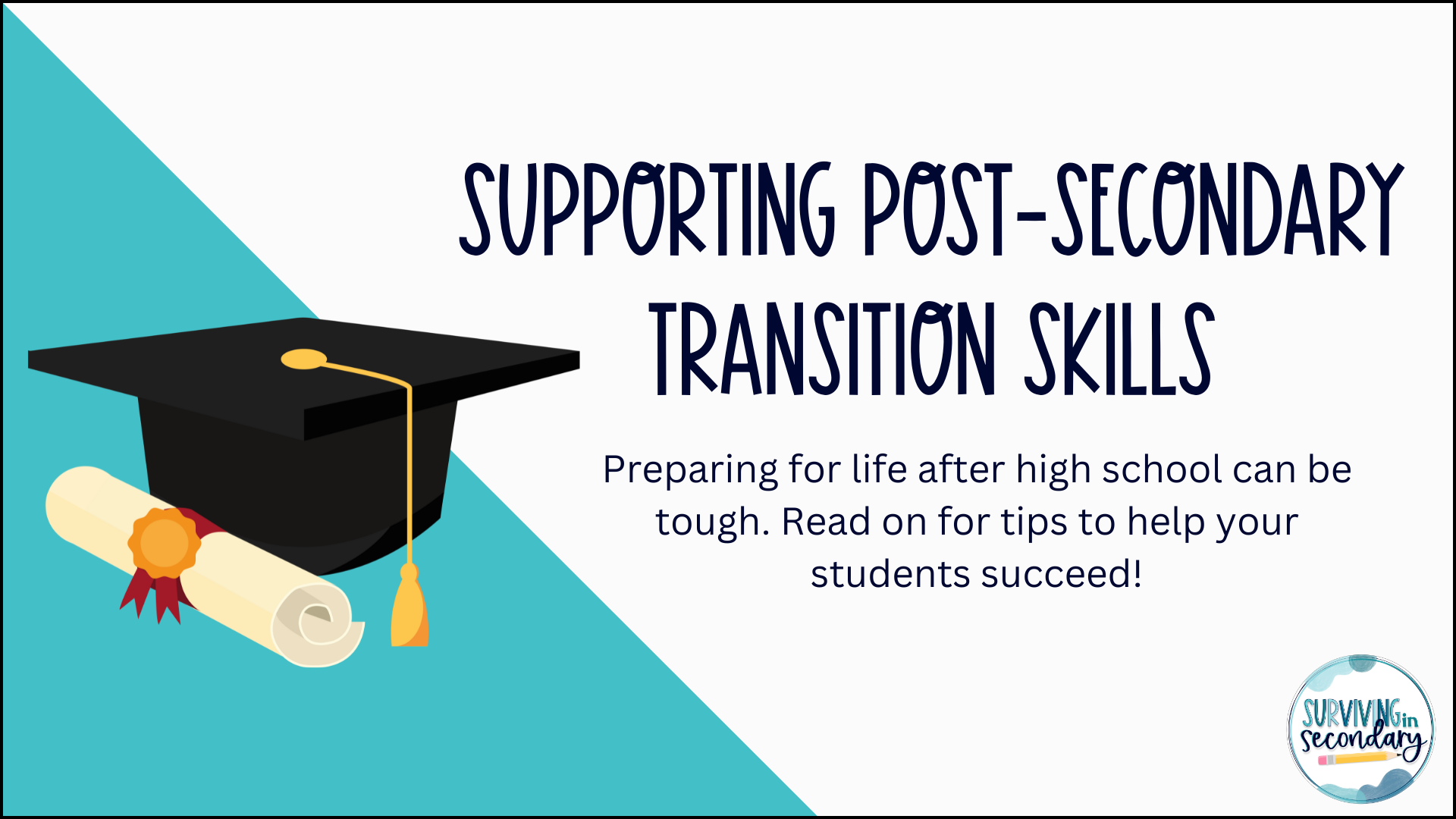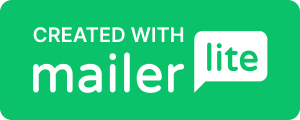Supporting Post-Secondary Transition as a High School Teacher

By Jess @ Surviving in Secondary
We all want our students to feel confident and prepared as they take their next steps beyond high school. Post-secondary transition is a big deal, and it can be tricky to figure out how to address it without creating stress (for students and ourselves). As special education teachers, we understand that more than most! We’ve found that the secret to successful transition support is embedding it as often as possible throughout the high school journey. Tackling the topic little by little reduces overwhelm and encourages positive outcomes. Read on for three practical, easy-to-implement ways to support post-secondary readiness in the high school classroom!
1. Embed Transition Planning into Academic Content
Often, the best post-secondary prep is woven into what students are already doing. Instead of making it a separate event or unit, consider how you can naturally integrate planning conversations into your curriculum. This way, you’re hitting the standards AND getting students thinking about the future without the terrifyingly wide-open “what do you want to do with the rest of your life?!” question. Here are a few ideas to get you started:
English Language Arts: Work on personal statements, cover letters, or career-based research projects.
Math: Dive into personal finance and consumer mathematics topics, from budgeting and understanding credit to managing bank accounts and understanding lease agreements.
Science: Explore careers in STEM or discuss how environmental changes could impact future career outlooks.
Social Studies: Discuss how geography impacts housing and employment options or study the laws governing employment practices, tenant’s rights, and more!
By making these connections throughout high school, students are able to digest bite-sized pieces of transition-related information…and you get to keep your curriculum on track!
2. Use Your Resources
We are all far too busy to reinvent the wheel. So, lean on the amazing pre-made resources that are out there to support post-secondary transition! Whether you’re looking for a full curriculum or some one-and-done options, there is something out there for you. Here are some of our tried-and-true favorites!
EverFi: Delivers free digital lessons on financial literacy, career readiness, and more.
Nearpod: Includes interactive post-secondary planning lessons, from “Exploring Careers in Trades” to “Communicating with Peers and Supervisors.”
Overcoming Obstacles: Provides a comprehensive (and free!!) life skills curriculum with a strong focus on goal setting and planning.
Next Gen Personal Finance: Offers a multitude of consumer math-focused resources, including lesson plans, interactive games, bell-ringers, and more!
In addition to these readily-available online tools, be sure to check out your local resources! Local businesses are often open to speaking with students, post-secondary institutions may offer campus visits or virtual meetings, and independent living agencies can provide an overview of their services to students and families alike. It never hurts to ask—you may be surprised by how many local organizations are not just willing, but excited, to work with you and your students.
3. Keep the Conversation Going
For many of our students, post-secondary transition is nothing short of terrifying. For others, it’s so exciting that they can’t decide where to begin. The bottom line? Students don’t always know what questions to ask or when to ask them. That’s why regular, ongoing conversations about life after high school are key.
Use transition assessments (like interest inventories or brag sheets) to spark meaningful one-on-one conversations.
Share timely information with students and families about applications, deadlines, and opportunities.
Organize virtual or in-person visits with colleges, trade schools, apprenticeship programs, and other community resources.
These small touch points add up over time. Whether it’s a five-minute check-in, a shared resource, or a quick classroom activity, each interaction helps students feel more prepared for what comes next.
Preparing students for post-secondary success doesn’t have to be overwhelming. By embedding planning into your curriculum, utilizing quality resources, and keeping the conversation going, you can help make the transition smoother, more personalized, and (maybe, just maybe!) a little less scary.
Want to share your favorite post-secondary prep strategies? Need more specific advice? We’d love to hear from you! Send us a note at hello@survivinginsecondary.com!
Let's keep in touch! Fill out the form below to join our email list for updates, exclusive freebies, giveaways, and more!
Thanks for joining us!
Check your email :)
